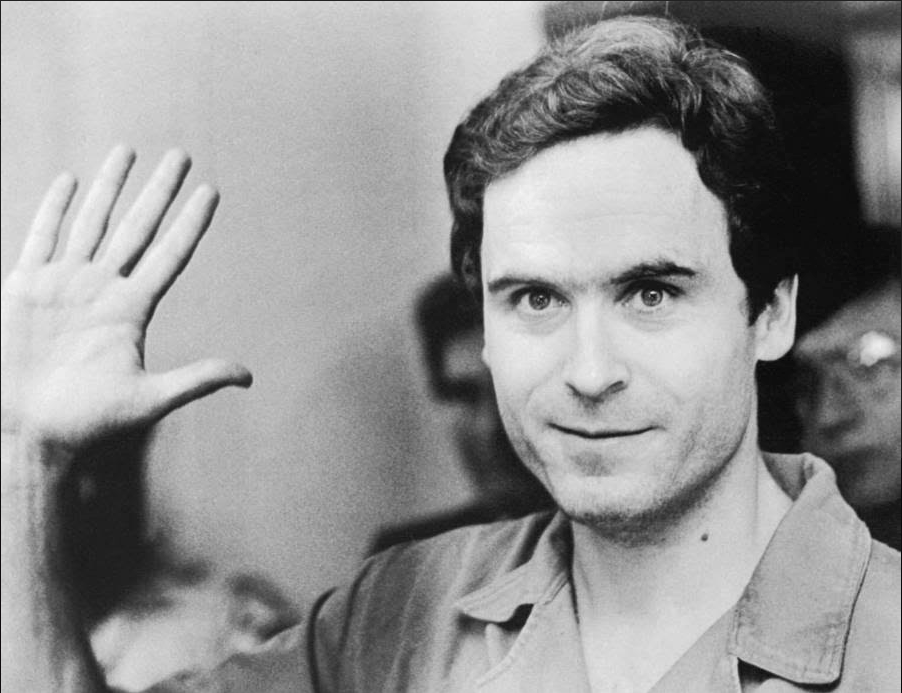Netflix’s “The Ted Bundy Tapes” fails to live up to the hype
3 min read
Wikipedia
By ETHAN BLOUCH
Contributing Writer
I wasn’t particularly interested in watching “Conversations with a Killer: The Ted Bundy Tapes” when it dropped on Netflix on Jan. 24, mainly due to the excessive media hype around serial killers that seems omnipresent. However, while the overall documentary has some serious structural issues, there’s no denying how baffling and interesting a lot of Ted Bundy’s story was.
The documentary was, for the most part, fairly dull for the first two episodes. This was primarily because there seemed to be no driving force behind it- the audience is already aware that Bundy is eventually caught, and the details building up to his capture don’t seem to have any driving ideas or concepts beyond presenting the facts.
You hear Ted Bundy’s friends talk about how much they liked him, his voice laying over footage, and occasionally learn something interesting about his past, such as an association with the Nixon campaign. Still, my dislike of Bundy as a narrator and the documentary’s strong focus on him, prevented me from getting emotionally invested and instead led to me becoming bored.
These initial episodes may have been more frightening focused more on the victims of Ted Bundy, who here exist mainly as footnotes to his story. The only emotion I felt in the first two episodes was some sadness when hearing about the fates of the girls, such as how eight of their bodies were dumped into the mountains like garbage.
In contrast, look at something like the book “I’ll be Gone in the Dark: One Woman’s Obsessive Search for the Golden State Killer” by Michelle McNamara, which is deeply rooted in investigation along with being empathetic and entertaining. Furthermore, it had a point to talking about the murders- the author was clearly making a genuine effort to capture a murderer, rather than glorifying the tragedy.
If you want a story about how a real life serial killer came to be, or what their childhood and friends were like, you can check out “My Friend Dahmer,” the graphic novel by John Backderf. It satisfies one’s interest in the morbid details along with providing empathy and ideas for the reader to think about.
Unfortunately, the documentary isn’t really as interested in the people affected by Ted Bundy’s actions as it is in gaping at his ability to appear like a normal person, usually accompanied by a close up shot of a picture of him, with menacing music playing.
While the documentary itself was poorly constructed, I found that I did become interested in the series with episodes three and four, which deal with Bundy’s behavior while the whole world had its eyes on him. There were numerous instances when I couldn’t believe what I was seeing was true.
Ultimately, Bundy became more interesting when his actions showcased the errors of law enforcement and when he did things that went against the grain of what I expected of a defendant in a courtroom and a prisoner on death row.
However, anyone hoping to gain any understanding or deeper meaning behind Bundy’s crimes is going to be disappointed- they were atrocities committed to innocent women by a sick man, and there is no more meaning to be found to it.


